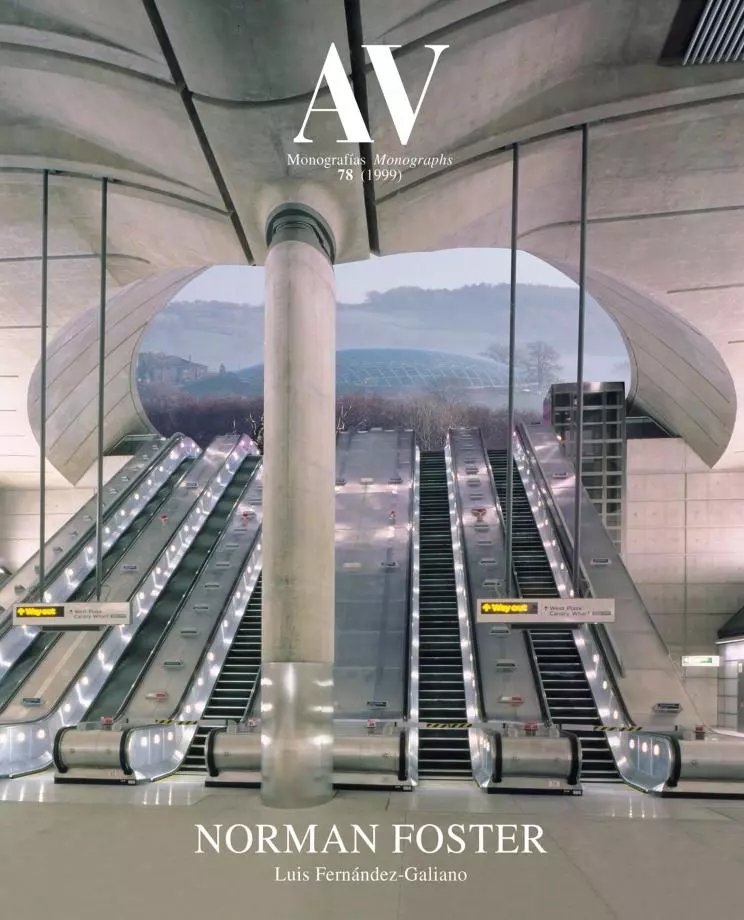Monuments of Technology: the Excitement of Skeletons
1977-1981

In the late seventies, the egalitarian utopias of the sixties had begun to wither; the hopes of a new society finally freed from the strictures of need, which were bred by prosperity, faded when faced with the harsh realities of the economic stagnation caused by the energy crisis of 1973 and 1979. The leisure of comfort was replaced by the leisure of unemployment, and social engineering gave way to technical fixes. In this context, Foster’s practice sharply turned the direction of its interests, leaving behind the neutral egalitarian containers and adopting a spectacular structural expressionism, which although short-lived would produce what is probably the most praised building of his whole career, the Hong Kong and Shanghai Bank. The celebration of the might of technology through expressive engineering feats would become known as high-tech, and with this label linked to the great 19th century British engineers, somehow polishing the lack lustre medals of the Empire and the Commonwealth. But the other main figures of this current were Foster’s ex-partner, the Anglo-Italian Richard Rogers, and the Genoese Renzo Piano, who in 1977 had completed the Parisian Pompidou Centre to extraordinary critical and public acclaim, so it is difficult to pigeon-hole high tech as a British trade-mark; and the three architects shared a social awareness and a blend of pop, ecological and counter-cultural roots that would prevent their slipping towards conformist technocracy. Foster was undoubtedly influenced by the playful imagery of the Pompidou, as is explicit in the Hammersmith transport interchange and other projects of the period; but he never went to the extreme of monumentalising the services, exposing huge, colourfully painted ducts, and in a more restrained manner concentrated the expression in the structure, be it the skyscraper of Hong Kong or the groundscraper of Renault. He had moved from silence to loquacity, and from skins to skeletons; but the excitement of structures would gradually wear out, and the laconic mood would in the end prevail. When the detailed development of the colossal and complex Hong Kong commission forced the practice to expand, and prompted the move to a larger office in Great Portland Street, the daintily articulated purpose built furniture for the new premises would be the last expressive structures designed by Foster in a long time, and the eighties would see a slow and confident display of the old silent restraint...[+]





